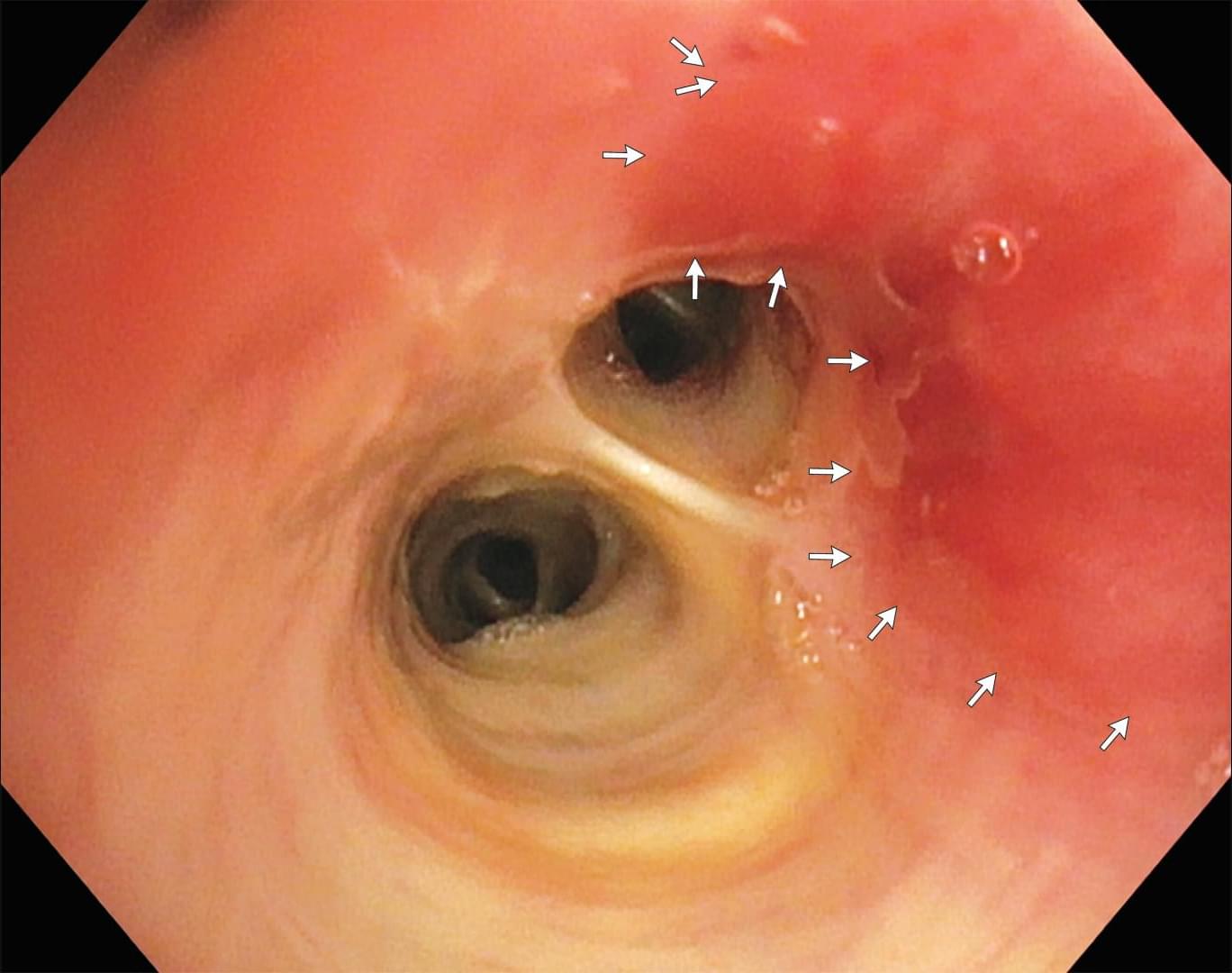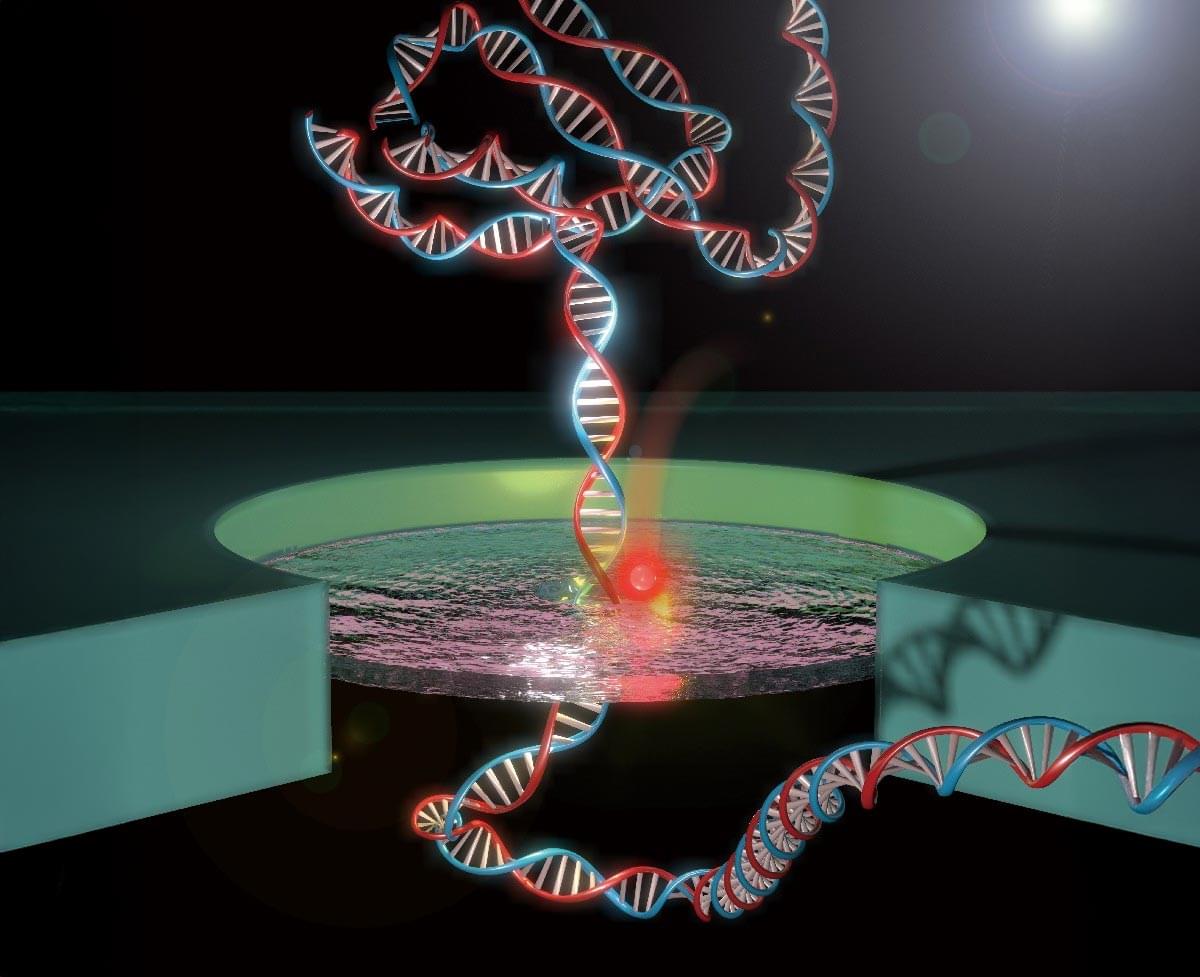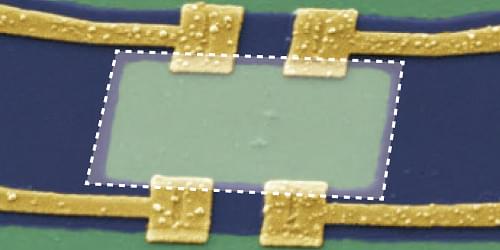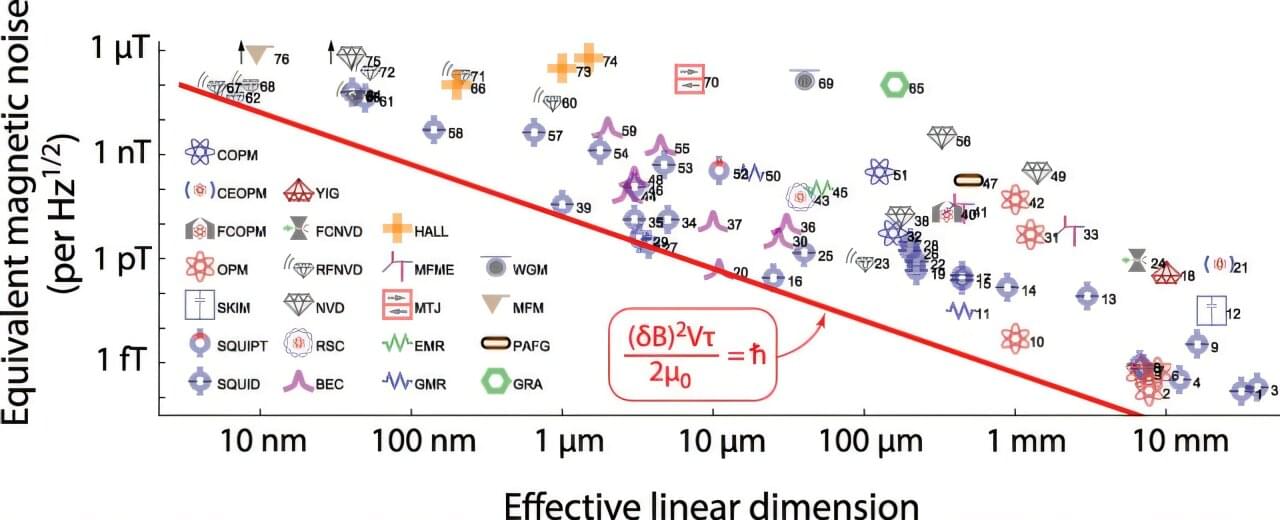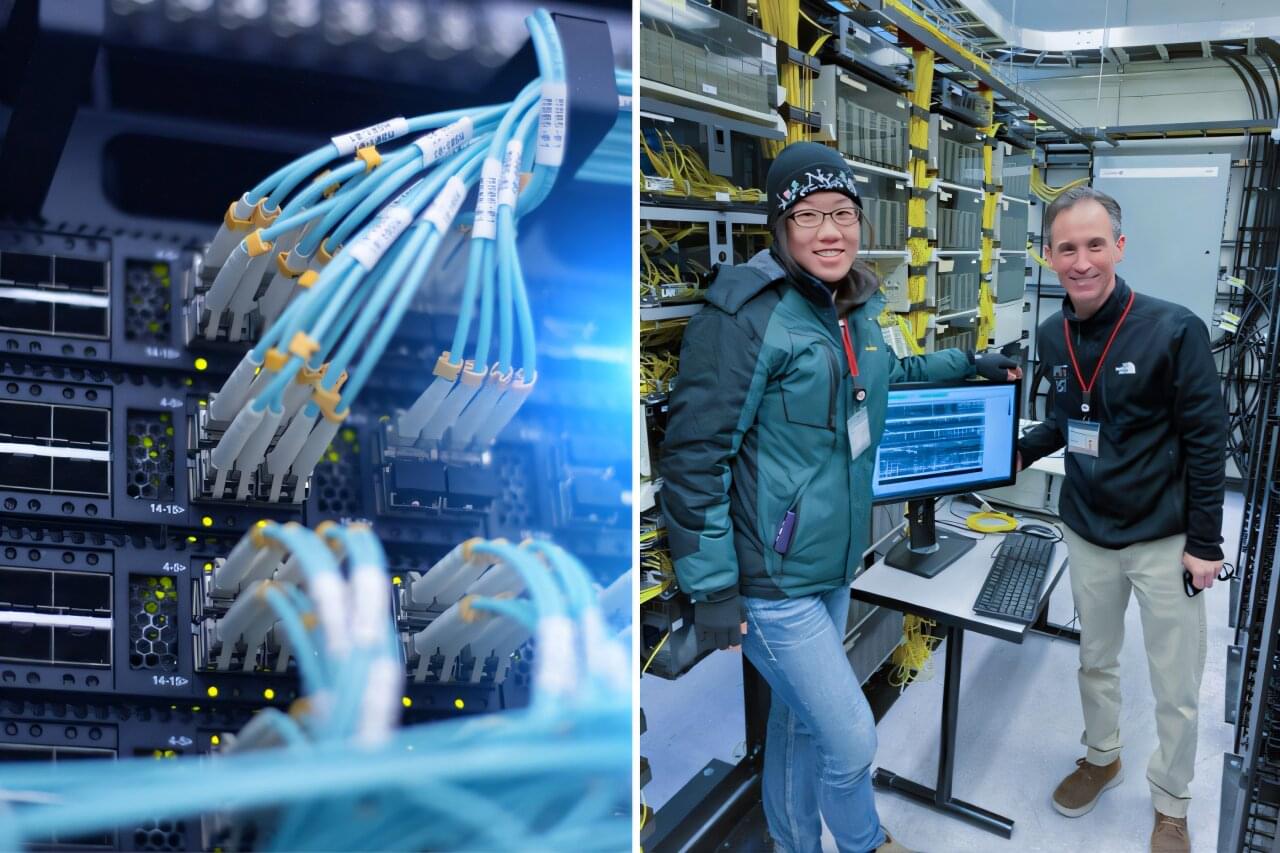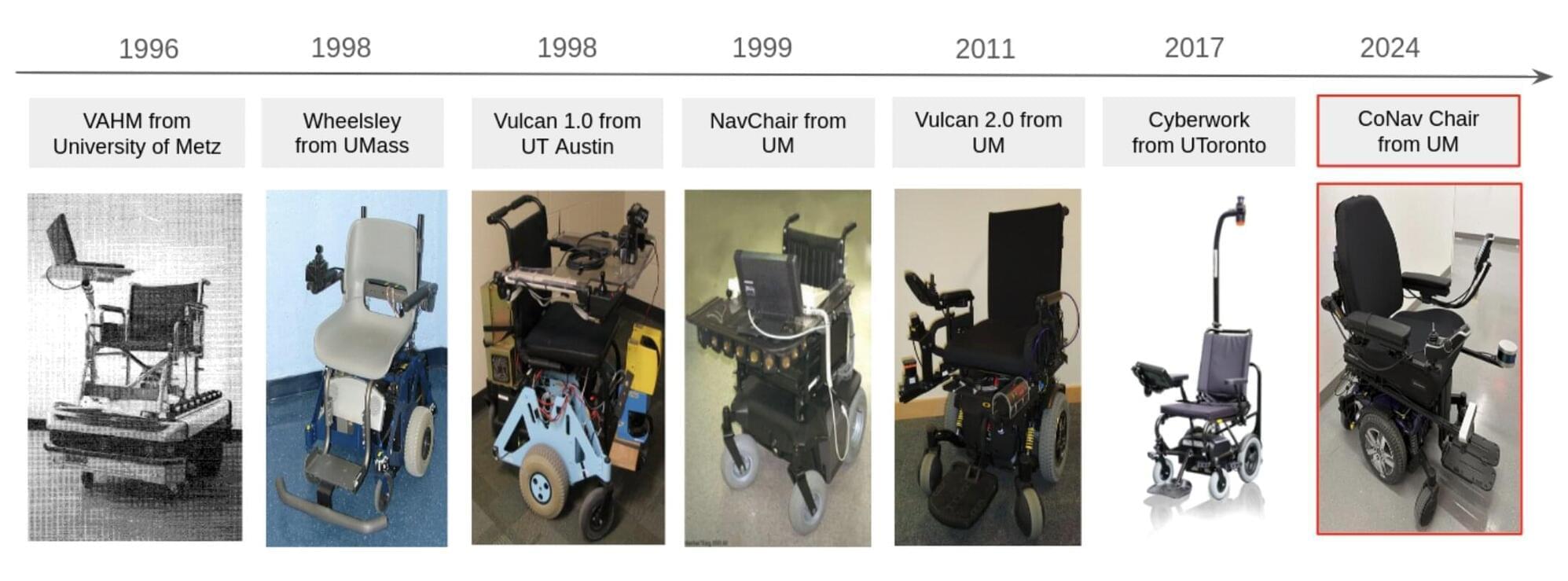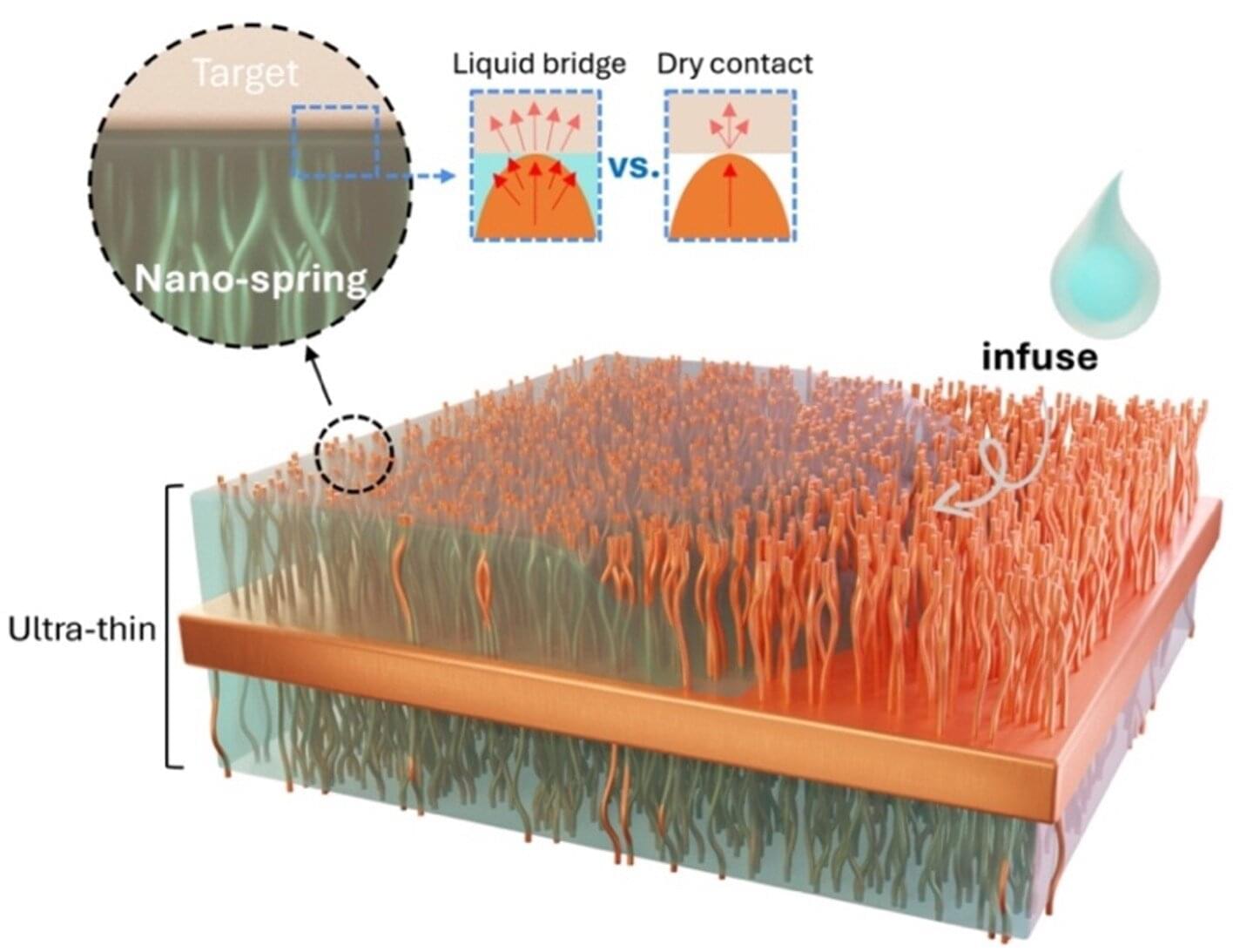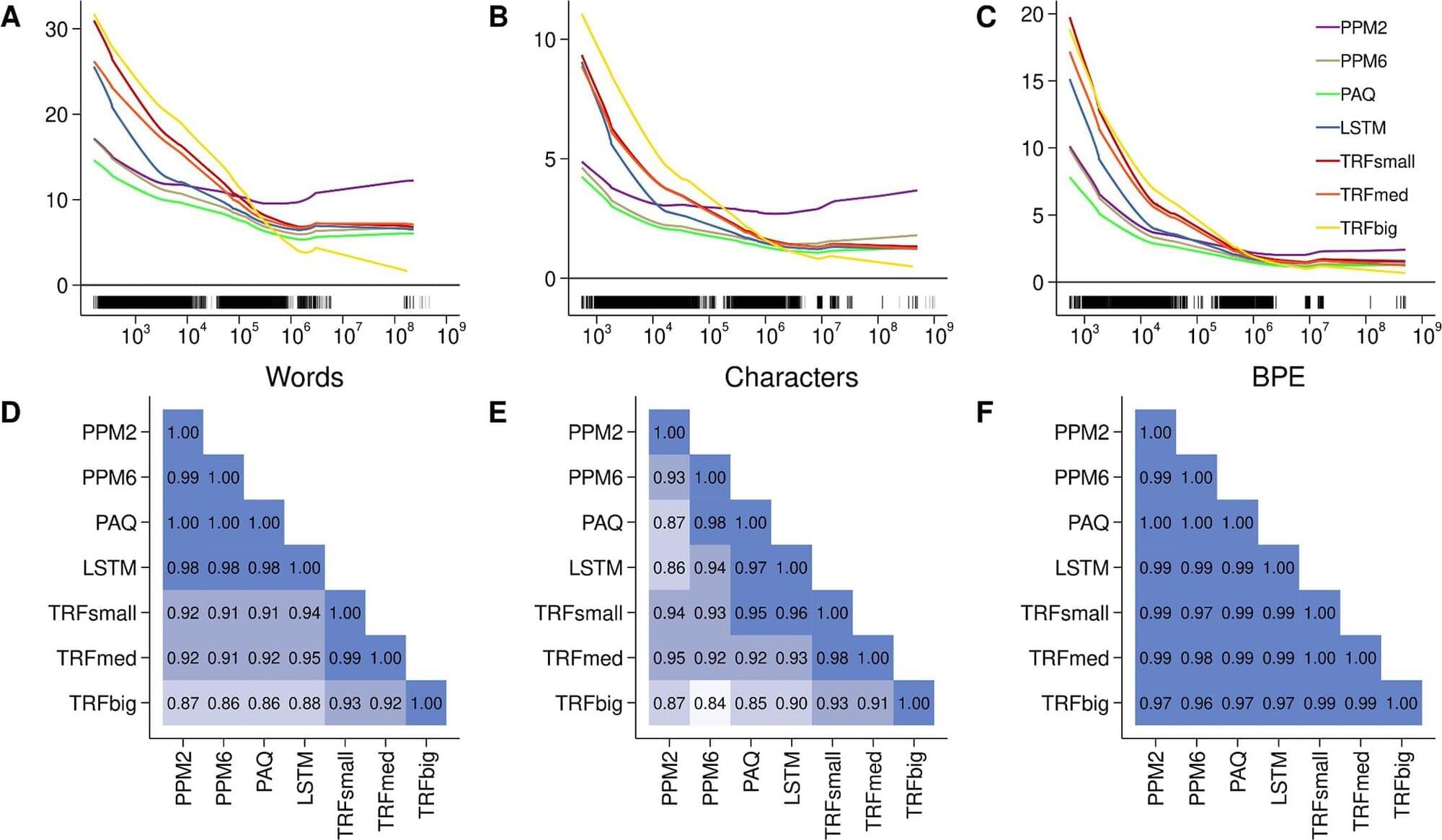In this study, we have demonstrated the crucial role of NAD+ homeostasis, particularly through the de novo synthesis pathway mediated by Qprt, in maintaining spermatogenesis with age. The deletion of Qprt led to progressive declines in NAD+ levels, particularly after 6 months of age, which were associated with significant defects in germ cell survival and mitochondrial function in spermatocytes. These disruptions manifested as impaired progression through meiosis, defective DNA double-strand break repair, and abnormal meiotic sex chromosome inactivation. Our findings also highlight the therapeutic potential of NAD+ precursor supplementation, as nicotinamide riboside effectively rescued the observed spermatogenic abnormalities in Qprt-deficient mice, emphasizing the importance of NAD+ in reproductive health and aging.
NAD+ can be synthesized through three pathways: the Preiss-Handler pathway, the salvage pathway, and the de novo pathway (Liu et al. 2018 ; Harjes 2019). In the de novo pathway, the essential amino acid tryptophan serves as a substrate, with Qprt catalyzing the formation of nicotinic acid mononucleotide, which is subsequently converted into NAD+ via a series of enzymatic reactions in the Preiss-Handler pathway. Coordinated regulation of these three pathways is crucial for maintaining intracellular NAD+ levels, which are essential for cellular function, a decline in NAD+ levels can lead to various pathological and physiological conditions (Minhas et al. 2019 ; Zhang et al. 2019a). In this study, we identified that Qprt, the rate-limiting enzyme in the NAD+ de novo synthesis pathway, is predominantly expressed in spermatocytes within the testes.
